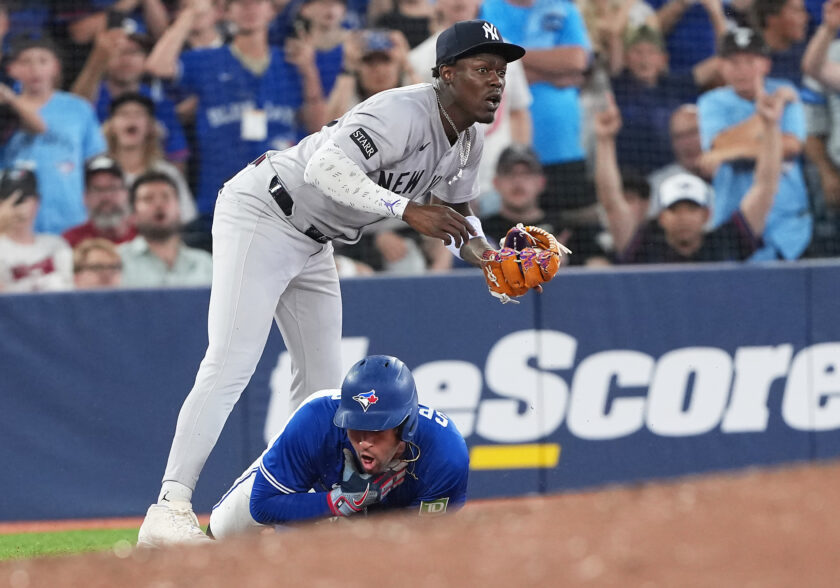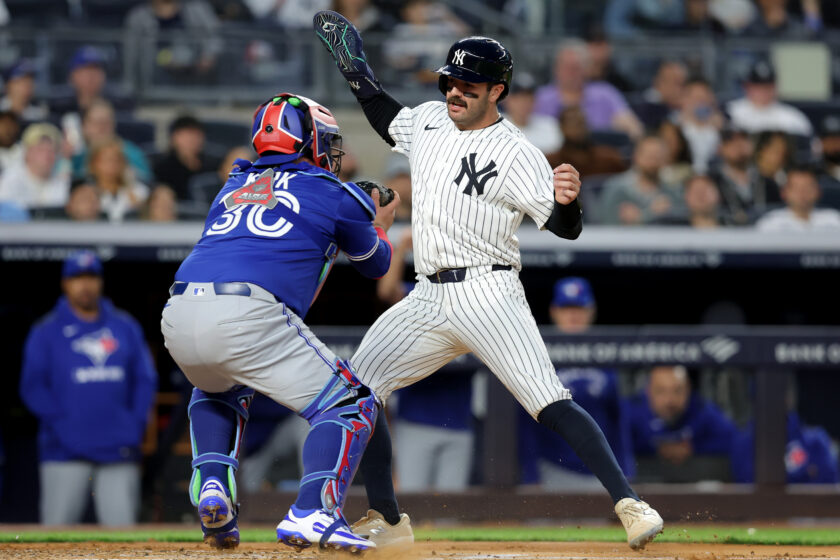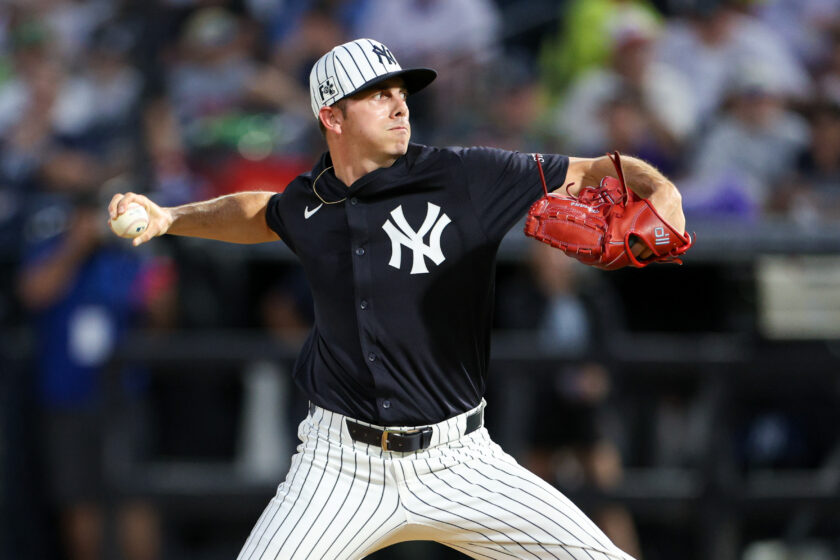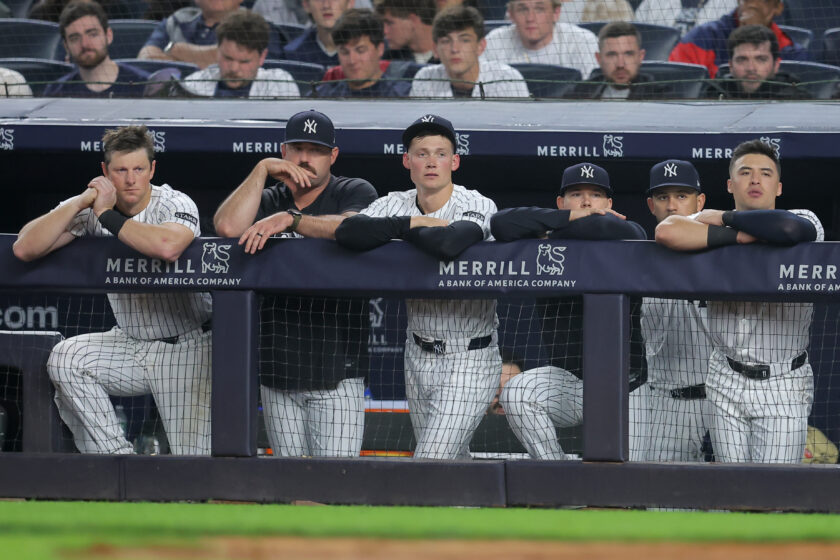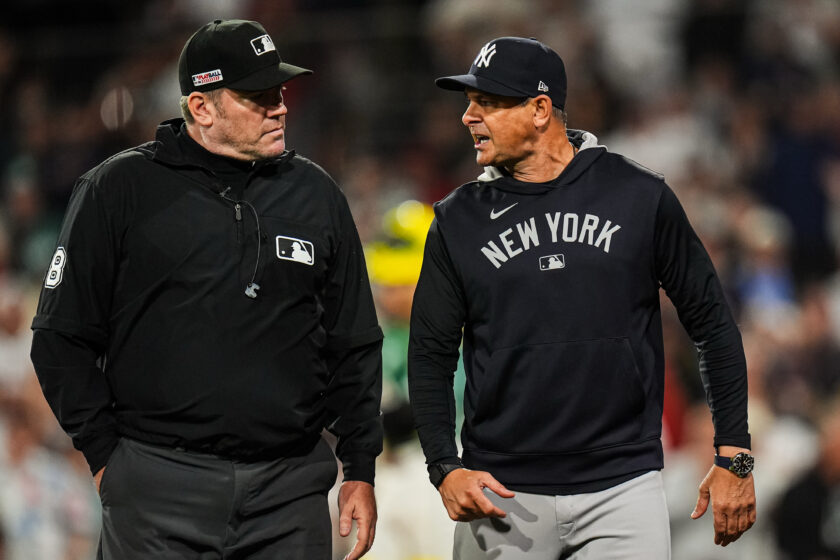New York Yankees: Masahiro Tanaka Cannot Be Trusted Long-Term

Masahiro Tanaka brings about too many question marks to be a long-term solution for the New York Yankees.
[dropcap]M[/dropcap]asahiro Tanaka is the proclaimed “ace” of the New York Yankees’ pitching staff. But does he really fit the bill?Let’s rephrase: Tanaka is the best starting pitcher the Yankees have to offer with an otherwise shallow staff.
A true ace takes the ball every fifth day, provides consistent depth, and is an utterly dominant arm. Unfortunately, the 27-year-old is not that.
But let’s give credit where credit is due. The right-hander has answered plenty of questions throughout his tenure in the Bronx and came out of it smelling like roses. Above all, he has been a sturdy piece atop the rotation.
However, when the push comes to shove, when pretention comes to contention, when the cards ultimately fall into place, can he be the guy the organization can lean on? Can he be the “stopper”, the “horse”, and the catalyzing force the franchise’s fate can be placed with?
The direct answer is no.
SEE ALSO: Hal Steinbrenner — A-Rod Proposition Was ‘Not An Ultimatum’
This is not to say the Yankees made a mistake bringing him aboard. Over nearly three promising years with the club, he has pitched to a stellar 3.22 ERA complemented with a brilliant 1.05 WHIP. Furthermore, his record sits at an impressive 33-16 (.673).
He has battled, fought, persevered … you name it.
After an absolutely tremendous start to his Yankee and MLB career — 11-1 with a 1.99 ERA in his first 14 starts — which saw him atop the baseball landscape, being diagnosed with a partially torn ulnar collateral ligament was extremely worrisome and possibly detrimental.
While certainly solid in 2015, he simply was not the same guy. Fortunately for Tanaka, success has followed him at a much more substantial rate in 2016.
With that said, question marks still linger and remain his enemy.
When will his arm give out? When will Tommy John surgery become a reality? Until he is placed on an operating table, those questions will always remain.
Putting health aside, there are question marks as to his stability, durability, and dominance.
Will he ever regain true ace form? Is this the Tanaka fans should come to expect? Is the Japanese brand of baseball weighing an impact on his ability to pitch on normal rest?
Regardless of current statistical outcomes, these are not the questions an organization truly wants clinging to the anchor of a staff. In particular, the staff of a contending baseball team, which the Yankees plan to be two or three years down the road.
Tanaka can opt out of his seven-year/$155 million contract at the end of next year. When the time comes, the hope should be that he exercises the clause and gets overpaid somewhere else.
An ace cannot be a guy who is not up to par on normal rest, brilliant on five days, and solid on six or more. An ace cannot be a guy who is dependent on accommodations.
[sc name=”Yankees Center 2″ ]A sixth man should not have to be installed to fit his needs, but it appears as if that is the only glaring long-term answer.
Currently, his ERA is 4.64 when given the number of days every other pitcher in major league baseball is accustomed to. When granted the extra day he would normally thrive on in Japan, that same ERA astonishingly dips below two (1.87).
That level of inconsistency cannot and will not work.
For a franchise littered with bright minor league arms, resulting in the ability to produce or acquire a horse, why rely on a pretender? Why continually pay a guy $22 million annually to produce numbers which resemble that of a number two starter?
Simply put: Hal Steinbrenner, Brian Cashman, and any player evaluation personnel should take the smart road.
When it comes time to make it or break it with their large 2014 investment, the Yankees should sprint in a new direction before all goes south.

